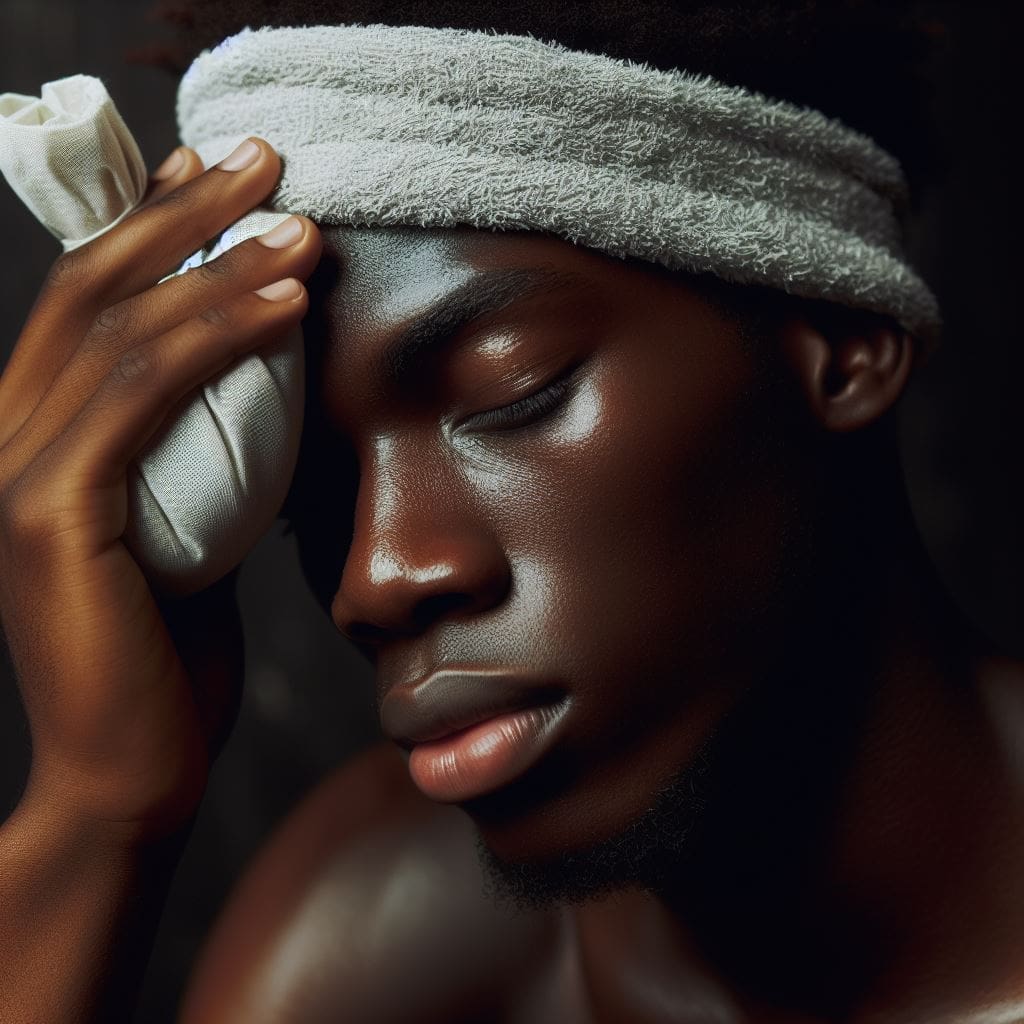
Dealing with migraines can be really tough. They bring intense headaches, nausea, and make you super sensitive to light and sound.
But don’t worry, if you’re one of the many people who get migraines, there are ways to deal with them and feel better.
This guide takes a closer look at migraines, talking about what causes them, sharing tips for finding relief, and explaining the different treatment options available.
Understanding Migraines
Migraines are more than just headaches. They’re complex neurological conditions characterized by a variety of symptoms, including:
- Throbbing or pulsating pain, usually on one side of the head
- Sensitivity to light (photophobia) and sound (phonophobia)
- Nausea and vomiting
- Dizziness
- Visual disturbances, like auras (sparkling lights or wavy lines)
There are two main types of migraines:
Migraine with aura: This type involves an aura, which typically appears 15–30 minutes before the headache strikes. The aura can manifest as flashes of light, blind spots, tingling in the face or limbs, or even difficulty speaking.
Migraine without aura: This is the more common type, where the headache comes on without any warning signs.
What can Trigger Migraine?
While the exact cause of migraines remains a bit of a mystery, researchers believe several factors can trigger them:
- Brain chemicals: Fluctuations in serotonin, a neurotransmitter that regulates mood and pain perception, are thought to play a role.
- Hormonal changes: Women are more prone to migraines, especially during menstruation, pregnancy, and menopause.
- Stress: Emotional stress can be a major trigger for many people.
- Dietary triggers: Certain foods and drinks, like aged cheeses, red wine, and artificial sweeteners, can trigger migraines in some individuals.
- Sensory triggers: Bright lights, strong smells, loud noises, and sudden changes in temperature can all be potential triggers.
- Sleep disturbances: Both getting too little sleep and sleeping too much can trigger migraines.
Video Resource: Understanding Migraine
Effective Migraine Relief Strategies
A multi-pronged approach is key to managing migraines. Here are some effective strategies to find relief:
- Identify your triggers: Keeping a headache diary can help you pinpoint what triggers your migraines. Once you know your triggers, you can take steps to avoid them.
- Maintain a healthy lifestyle: Regular exercise, a balanced diet, and getting enough quality sleep are crucial for overall health and can help reduce migraine frequency.
- Manage stress: Relaxation techniques like yoga, meditation, and deep breathing exercises can be very helpful in managing stress and reducing migraines.
- Over-the-counter pain relievers: Medications like acetaminophen, ibuprofen, or aspirin can help relieve pain during a migraine attack. However, be cautious about overuse, as it can lead to rebound headaches.
- Try a cool compress: Applying a cool compress to your forehead or neck can help numb the pain and reduce inflammation.
- Dim the lights and find a quiet space: Migraine pain can worsen with bright lights and loud noises. Seek refuge in a dark, quiet room to help ease the discomfort.
- Hydrate: Dehydration can be a trigger for migraines. Make sure you’re drinking plenty of fluids throughout the day.
When to Seek Professional Help
If over-the-counter medications aren’t providing relief, or if your migraines are significantly impacting your daily life, it’s important to see a doctor. They can help you develop a personalized treatment plan, which might include:
- Prescription medications: There are various prescription medications available specifically for preventing or treating migraines.
- Preventive medications: These medications are taken daily to help reduce the frequency and severity of migraines. Examples include beta-blockers, antidepressants, and anti-seizure medications.
- CGRP antagonists: These are a newer class of drugs that target a specific protein linked to migraines and can be very effective for some people.
Complementary and Alternative Therapies: Exploring Additional Options
Some people find relief with complementary and alternative therapies alongside traditional treatments. It’s important to discuss these options with your doctor before trying them. Here are some possibilities:
- Acupuncture: This traditional Chinese medicine practice involves inserting thin needles into specific points on the body. Studies have shown it can be helpful for some migraine sufferers.
- Massage therapy: Massage can help relieve tension headaches and may also provide some relief for migraines. Focus on massages that target the neck and shoulders, which can harbor tension that contributes to headaches.
- Biofeedback: This therapy helps you learn to control your body’s responses to stress, which can help reduce migraine frequency.
- Cognitive-behavioral therapy (CBT): CBT can help you identify and change negative thought patterns that may be contributing to your migraines.
- Supplements: Some people find relief with supplements like magnesium, riboflavin (vitamin B2), and Coenzyme Q10. However, research on their effectiveness is mixed, and it’s important to talk to your doctor before taking any supplements, as they can interact with other medications.
Finding Hope and Support
Migraines can be a frustrating and debilitating condition. However, with proper management and a positive outlook, you can live a full and productive life. Here are some tips for living well with migraines:
- Join a support group: Connecting with others who understand what you’re going through can be a source of great comfort and encouragement.
- Advocate for yourself: Don’t be afraid to talk to your doctor about your migraines and ask questions. Be your own health advocate and work with your doctor to find a treatment plan that works for you.
- Stay positive: It’s important to maintain a positive attitude. Focus on the things you can control and celebrate your victories, no matter how small.
Hope for a Migraine-Free Future
Migraines may be a part of your life, but they don’t have to control it. By understanding your triggers, implementing lifestyle changes, and exploring treatment options, you can find relief and manage your migraines effectively.
Remember, you’re not alone in this journey. There is a wealth of information and support available to help you on your path to a migraine-free future.
Additional Resources:
Disclaimer: This information is not a substitute for professional medical advice. Always consult with a qualified healthcare professional before starting any new treatment for migraines.



